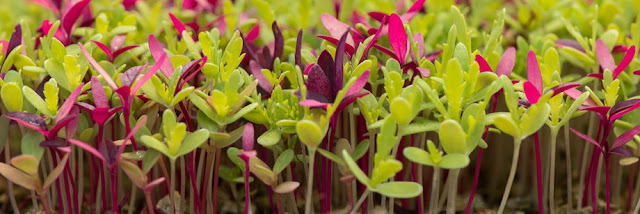USES OF TEXTILES IN EVERYDAY LIFE
1. Introduction:
Historical Significance: Explore how textiles have been
integral to human civilization since ancient times, serving as a means of
protection, self-expression, and cultural identity.
Modern Relevance: Discuss how textiles continue to play a crucial role
in contemporary society, with applications ranging from clothing and home
furnishings to advanced technologies.
Research Objective: Outline the purpose of the research
article, which is to provide a comprehensive exploration of the diverse uses of
textiles in everyday life.
2. Traditional Uses of Textiles:
Clothing: Detail the evolution of clothing materials and styles
across different cultures and historical periods, highlighting the functional
and symbolic significance of garments.
Home Furnishings: Describe the various types of textiles used in home
décor, including curtains, upholstery fabrics, carpets, and bedding, and their
impact on aesthetics and comfort.
3. Textiles in Fashion and Apparel:
Fabric Innovation: Discuss advancements in textile manufacturing
technologies, such as spinning, weaving, and printing, and their influence on
fashion design and production.
Fashion Trends: Analyze current trends in the fashion industry,
including the use of sustainable materials, digital printing techniques, and
innovative garment constructions.
Sustainability: Explore the growing emphasis on sustainability in
fashion, including initiatives to reduce waste, improve supply chain
transparency, and promote ethical labor practices.
4. Evolution of Smart Textiles:
Definition and Characteristics: Define smart textiles as materials
that incorporate electronic components or functionality, such as sensors,
actuators, and conductive fibers.
Applications: Explore diverse applications of smart textiles in areas
such as healthcare, sports and fitness, military and defense, and consumer
electronics, highlighting their potential to enhance performance, comfort, and
safety.
Challenges and Future Directions: Discuss challenges facing the
widespread adoption of smart textiles, including cost, durability, and
integration issues, and identify research directions to overcome these
barriers.
5. Textiles in Interior Design and Home Décor:
Interior Textile Categories: Differentiate between soft
furnishings (e.g., curtains, cushions) and hard furnishings (e.g., carpets,
rugs) and discuss their roles in interior design.
Functional Aspects: Explore how textiles contribute to
the functionality of interior spaces by providing insulation, acoustical
control, light diffusion, and privacy.
Trends: Identify current trends in interior textile design, such as
the use of natural materials, bold patterns, and sustainable practices, and
their impact on consumer preferences and industry practices.
6. Medical Applications of Textiles:
Wound Care: Detail the role of textiles in wound management, including
the development of advanced wound dressings, bandages, and compression
garments, and their impact on patient comfort and healing outcomes.
Surgical Textiles: Discuss the use of textiles in surgical procedures,
such as drapes, gowns, and implants, and highlight the importance of materials
with properties such as sterility, biocompatibility, and barrier protection.
Emerging Technologies: Explore recent innovations in
medical textiles, such as antimicrobial fabrics, bioactive coatings, and smart
textiles for remote patient monitoring, and their potential to revolutionize
healthcare delivery.
7. Textiles in Sports and Recreation:
Performance Apparel: Examine the role of textiles in
sports apparel, including moisture-wicking fabrics, compression garments, and
breathable materials, and their impact on athlete comfort and performance.
Protective Gear: Discuss the use of textiles in protective equipment,
such as helmets, padding, and body armor, and their role in reducing the risk
of injury during sports and recreational activities.
Sustainability: Address the growing demand for sustainable sports
textiles, including the use of recycled materials, eco-friendly manufacturing
processes, and product lifecycle considerations.
8. Conclusion:
Summary: Summarize the key findings and insights from the research
article, highlighting the diverse uses of textiles in everyday life across
various industries and applications.
Implications: Reflect on the implications of the research for
industry practitioners, policymakers, and researchers, and identify
opportunities for collaboration and innovation.
Future Directions: Suggest areas for future research and development,
such as the integration of advanced materials and technologies into textiles,
and the exploration of novel applications and markets.
These notes provide a comprehensive overview of each section,
outlining key points and themes for further exploration.
 Reviewed by CREATIVE WRITER
on
May 15, 2024
Rating:
Reviewed by CREATIVE WRITER
on
May 15, 2024
Rating:





.JPG)




No comments: